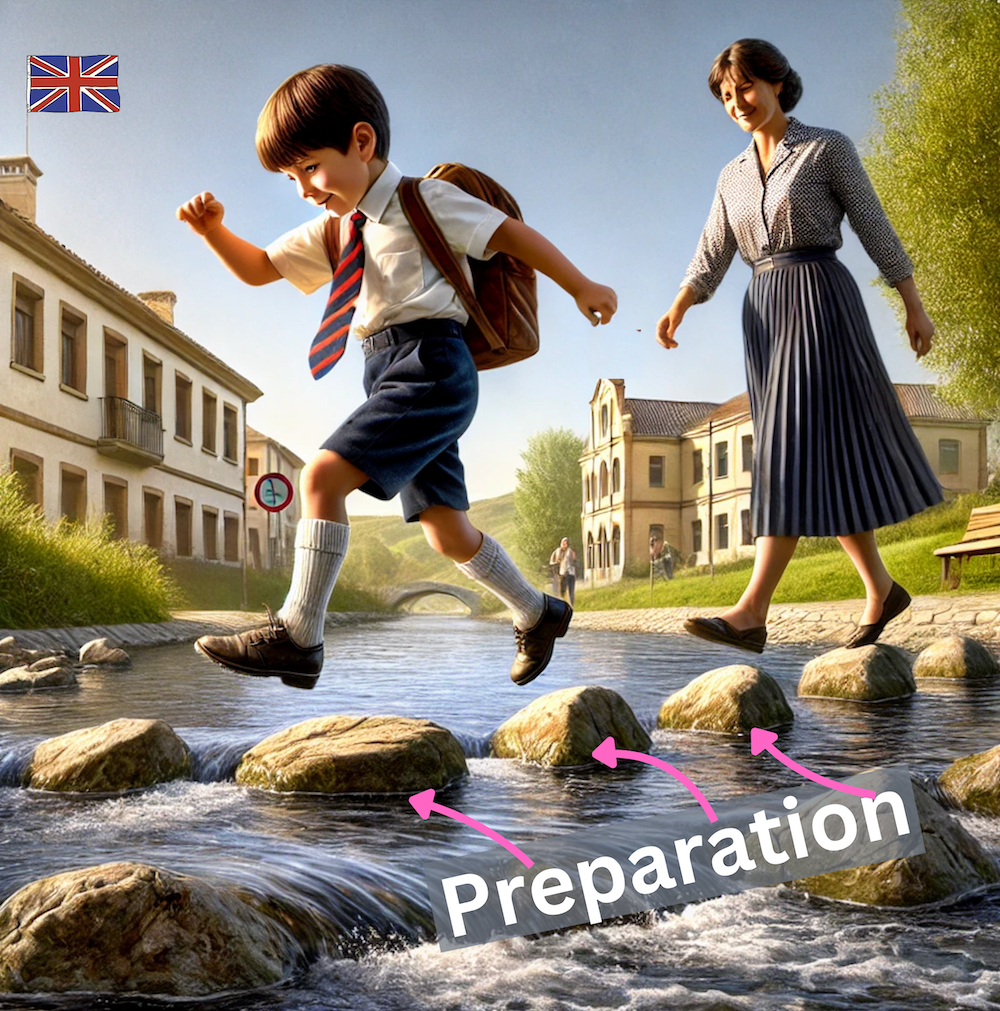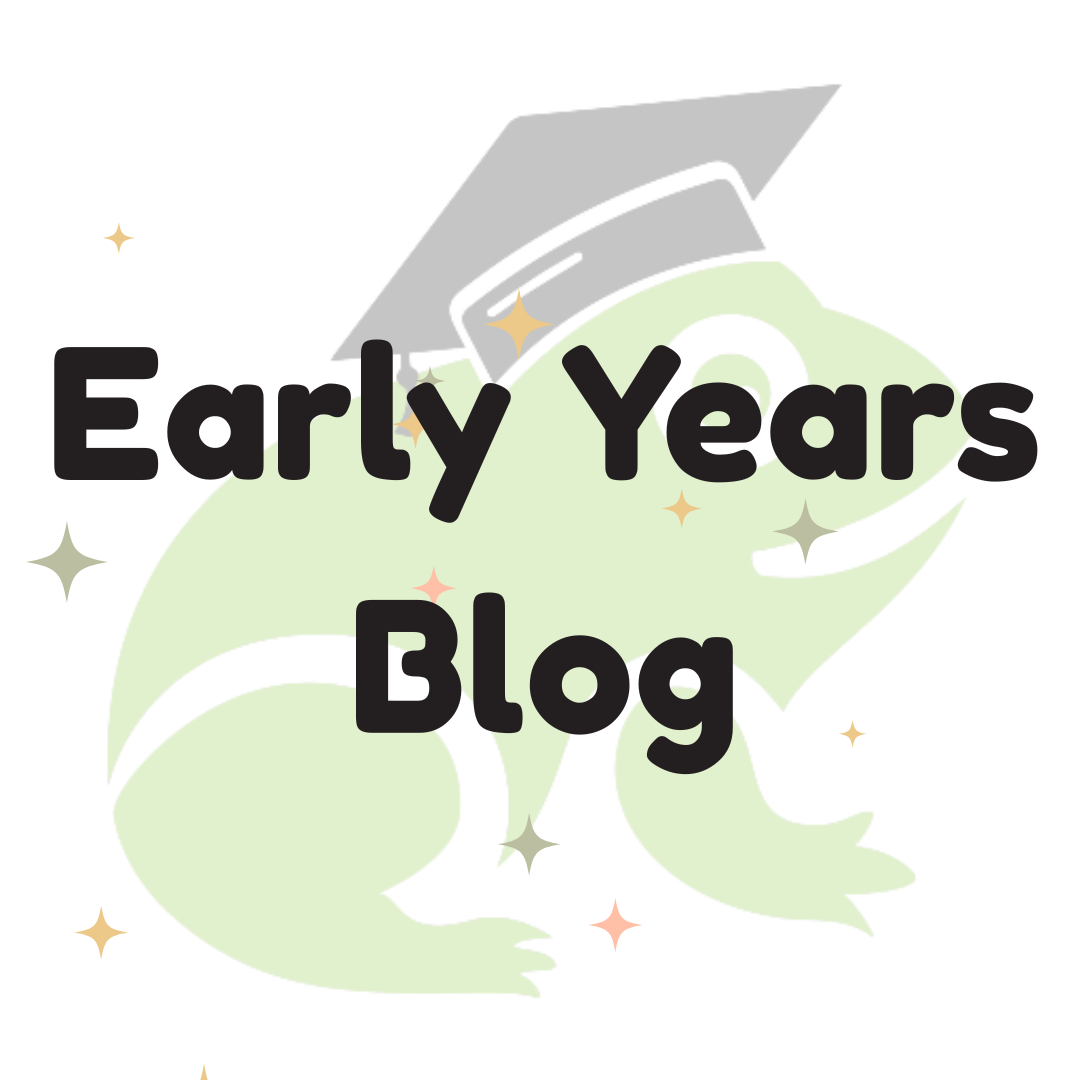Early Years Assessment

What Parents need to Know
Early Years Assessment – A structured process to assess a child’s readiness for school, aimed at children aged 3 to 8, spanning from preschool through to Year 2.
Starting or moving schools is a major event in a young child’s life – and yours too. As parents, we often feel like our little ones are suddenly all grown up and if not in the education field ourselves, may feel overwhelmed. Children may feel anything from excitement to anxiety – and so might we! It is always reassuring to tap into the knowledge and experience of others and that is exactly where we come in.
Depending on where you are in the world, before they start their first year of school or indeed change school, your child may need to take part in an Early Years or Year 1 or 2 assessment. This is especially true if they are entering into an international or private school but all schools will want to know what your child is able to do.
What does this look like? What may it involve? What kinds of questions may be asked? And what is your child expected to know at this stage?
Read on to discover what an early years admissions assessment is really like – and how you can help your child approach them with confidence. If you need help with preparing we can show you how to help your child shine.
What is an Early Years Assessment?
In the British System, the Early Years Foundation Stage speaks of children within a 0-5 years of age range. We aim to assist children from age 3-8. Key stage 1 is made up of Year 1 and Year 2 and children are typically 5-7 years of age in these years.
There are two ways to look at an assessment:
1) The assessment a teacher/practitioner may do to discover more about your child as your child joins a setting. In their first year of school, a progress report will give this information to the next teacher. However, most teachers will do a baseline assessment when new children start so they can get to know how best to support each child.
2) An entrant or admissions assessment may be required if your child is starting in their first year of school or into a new school before the admissions team officially offers your child a place. This is more typical in international or and private schools.
Either way, an early years assessment, or indeed one in Year 1 or Year 2, is not a formal exam. It is a gentle, age-appropriate process designed to observe how a child thinks, communicates, interacts with others, and how well they separate from their parents or carers. It typically includes simple, familiar tasks such as identifying shapes, counting, following instructions, or talking about a picture. Good teachers would ensure that there are many opportunities for open ended play and may encourage familiar song singing or rhymes. Schools may also observe physical skills like drawing, pencil grip, or cutting with scissors as children develop more proficiency in these areas.
For many parents, the process can feel a little daunting, especially if it is your first time experiencing this with your child. That is why it is helpful to understand what is involved, what schools are looking for, and how to support your child’s confidence and development at home. Always remember: education and home life go hand in hand. Children who thrive most have excellent support from their carers or parents.
But how do you know if your child is ready to take this assessment? Will they understand the instructions? Will they cope emotionally? Whether you are preparing them for Preschool, Nursery, Reception, Year 1 or Year 2, our free readiness checklist will help to point you in the right direction.
Early Yeasr assessment – get all your answers here
Early Yeasr assessment – get all your answers her
e
Why Are early years assessments done?
Why is an Early Years Assessment done?
Early years assessments are necessary to help the school understand your child’s level of development and readiness for the intended year group. They offer a snapshot of how a child communicates, processes information, plays, and responds to gentle direction. Note, it is not an academic test but rather an observation of natural behaviours and developmental milestones.
In the British system, in EYFS, we look at the seven areas of learning:
Communication and Language; Physical Development; Personal, Social and Emotional Development; Literacy; Maths; Understanding of the World; and Expressive Art and Design.
In Key Stage 1 we would do a broader look at Literacy and Numeracy skills.
When a teacher knows and understands your child’s strengths and areas that require further development they are better equipped to support children thoughtfully, provide early interventions (if necessary), and build positive relationships from the start. For parents, it offers reassurance and guidance in this big step in their parenting life. Understanding what schools are looking for – and how they interpret what they see – helps families feel more prepared and engaged in the process. Remember, you and your child are taking this journey together.
How to help your child feel confident during their assessment.
Children vary greatly in terms of personal confidence. But helping your child feel confident during their assessment starts with making them feel secure, calm, and curious. Talk positively about “meeting new friends” or “showing what you know,”. It’s a challenge, but If you can get them excited about it, the battle is won.
Avoid using words like “test” or “exam.” Instead, remind them that it is a fun activity where they get to play, talk, and try new things. Confidence also grows through familiarity, so take the opportunity to play with them, using our assessment guidelines.
early years assessment
early years assessment
early years assessment
early years assessment
early years assessment
How to help your child feel confident during their assessment.
How to help your child feel confident during their assessment.
Children vary greatly in terms of personal confidence. But helping your child feel confident during their assessment starts with making them feel secure, calm, and curious. Talk positively about “meeting new friends” or “showing what you know”. It is a challenge, but if you can get them excited about it, a lot of the battle is won. Avoid using words like “test” or “exam.” Instead, remind them that it is a fun activity where they get to play, talk, and try new things. Confidence also grows through familiarity, so take the opportunity to play with them and give them plenty of ways to talk and notice using our assessment guidelines.
In this free guide, we will provide you with a simple checklist of what basic skills your child would typically need to show, at least some of before heading into each year group. It gives some practical ways to help your child feel calm, confident, and ready. Whether you are applying to an international school abroad or preparing for a reception place in the UK, you will find trusted advice from an experienced early years teachers to guide you every step of the way.

Frequently Asked Questions

What is the difference between an admissions assessment and a baseline assessment?
Admissions assessments are usually required in private or international schools for any aged child. This ensures schools know how best to support children coming in to their setting and whether or not the setting is the most suitable for the applicant.
A baseline assessment is generally done every year, by every good teacher in every year group so they can ascertain where each of their students for that class are working within. This helps them plan and prepare to adapt their teaching and provision to give each child what they require to make the most progress.
Do I get to see the results of the assessments?
Admissions assessments are usually required in private or international schools for any aged child. This ensures schools know how best to support children coming in to their setting and whether or not the setting is the most suitable for the applicant.
A baseline assessment is generally done every year, by every good teacher in every year group so they can ascertain where each of their students for that class are working within. This helps them plan and prepare to adapt their teaching and provision to give each child what they require to make the most progress.
Are there examples of what an EYFS assessment may look like?
Our video guides walk you, step by step, through what you may expect when doing an admissions assessment. The content in each video talks about what key skills your child should have coming into each year group so would help even if your child is not going through the admissions process in a private or international school. The videos will give you insight into their school readiness.
How long do the assessments typically take?
This really depends on the setting but as a ‘ball park’ figure, young children would not be expected to work with an adult or small group of children for longer than 30-45 minutes.
What setting do the assessments take place in?
Again, this may vary. An admissions assessment may take place in an administrative building with an adult and a set of ‘tools’ such as colouring pencils, puzzles and blocks. It may take place in a room set up for this purpose which would offer more excitement and comfort for a child. A mini-classroom kitted out for reading, role-play, fine motor activities etc. It may very well take place in an existing classroom. A baseline assessment typically takes place within the setting your child is enrolled in – either within the classroom or in the outdoors, depending on what the teacher is assessing.
Who administers the assessments?
In most cases, a member of the teaching staff would work with your child or children as they are the ones qualified to make good judgements based on the observations they have made.
How many children are involved in the assessments?
Quite often, the more children there are, the better as teachers like to see how well children interact with one another. There are times where teachers work one to one with a child and this has its own merits too.



